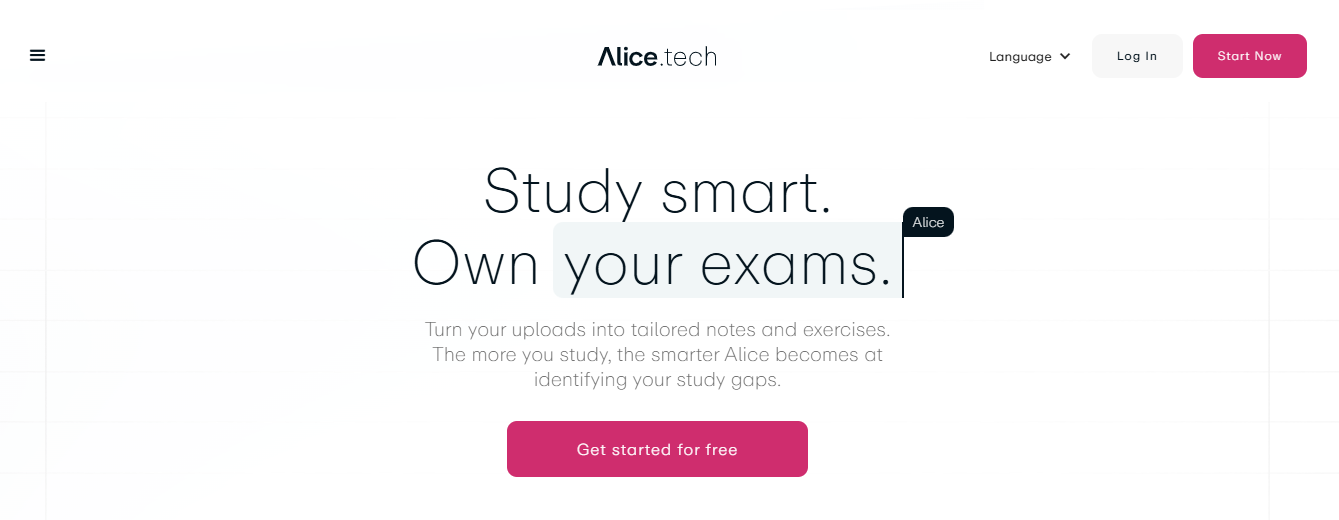5 EdTech Product launch examples that set the bar

.png)

.png)
Launching in EdTech means more than just going live—it’s about building confidence with educators, students, and schools from day one. In this post, we break down five standout product launches that nailed timing, simplicity, and impact.
In EdTech, how you launch a product doesn’t just influence adoption—it shapes trust from day one. Whether you’re rolling out an AI tutoring app, revamping your LMS, or launching a new tool for student engagement, the way you go to market matters. In this post, we spotlight five standout launches from 2024 and break down what made them work. You'll walk away with real-world tactics to inspire your next rollout.
Unlike most software categories, EdTech tools land in the middle of classrooms, curricula, and compliance. That’s high-stakes territory.
A clunky launch doesn’t just hurt sign-ups—it can stall an entire school semester. Educators are overextended, admins are risk-sensitive, and learners expect tech to “just work.” The best launches account for all of this by aligning with the academic calendar, simplifying onboarding, and proving value fast.
Alice.Tech moved quickly after raising $4.8 million, launching an AI-powered study app that helps students prep with personalized flashcards, study plans, and quizzes. But it wasn’t just about speed—they made sure it worked in real classrooms by teaming up with early partner schools.
What worked:
Key takeaway: Moving fast works best when you’re solving real problems students face.

Ready Steady originally launched an EdTech app that didn’t click with users. So they went back, kept only the most useful parts, and relaunched a simpler version just a few weeks later. This time, the product hit home.
What worked:
Key takeaway: Less is often more. Focus on doing one thing well.
Instead of launching a new app, Keenethics helped others do it better. Their “How to launch an EdTech startup in 2024” gave EdTech teams straightforward advice: test with small groups, get feedback early, and make the first version easy to try.
What worked:
Key takeaway: Learning before launch helps you avoid big headaches after.

FasterCapital’s launch plan helped EdTech teams avoid throwing out a product and hoping for the best. Instead, they suggested building around the people using it—like teachers, students, and school staff—and planning when and how to share it step by step.
What worked:
Key takeaway: Good launches don’t happen all at once—they happen in smart steps.
Alice.Tech also stood out at Y Combinator’s Demo Day. Instead of talking only about features or buzzwords, they showed how real students used the app and what changed for them. It made investors pay attention—and opened doors for partnerships.
What worked:
Key takeaway: When you have the spotlight, use it to tell a story that sticks.
Launching a new tool for schools isn’t like releasing a standard app. Your audience isn’t just users—they’re educators, administrators, and learners with packed schedules, different levels of tech comfort, and high stakes on the line. Here’s what separates a great EdTech launch from the rest:
School calendars rule the day. Launch during exam season or right before summer break, and you’ll struggle to get attention. The best launches are timed for training windows, back-to-school planning, or mid-year adoption cycles—moments when educators actually have room to consider something new.
Your users aren’t always tech-savvy—and they shouldn’t have to be. Great EdTech products work without a manual. That means clean interfaces, clear language, and fast ways to see value. If teachers feel unsure or overwhelmed, they won’t recommend it. If admins can’t see alignment with their workflows, they won’t approve it.
Think beyond the product itself. What happens after someone clicks “Get Started”? Smart teams offer bite-sized tutorials, step-by-step guides, or even peer-led walkthroughs. Support needs to feel like a partner, not a help desk.
You’re not just launching features—you’re shaping student outcomes. Track things that matter: do students feel more confident? Are teachers spending less time managing admin? Real-world improvements carry more weight than vanity metrics like downloads or logins.
The launch is just the start. What happens next determines whether your product sticks or fizzles.
Here’s what to monitor and refine:
Simple actions that make a big difference:
This Notion template brings order to the controlled chaos of product launches by centralizing all critical details into one place. With streamlined access to information, teams communicate better and execute product launches more effectively together.
This template was a labor of love I worked on for many years to get it right. Here's a peak at what's inside—but I've got an entire video walkthrough that explains exactly how to use it here.

As you're going through the Notion template, keep these product launch steps in mind.
EdTech launches are more than checklists and PR—they’re trust-building moments.
The best ones:
When in doubt, ask yourself: Does this help students learn or teachers teach more easily—today? Because if it does, you’re already ahead of the curve.